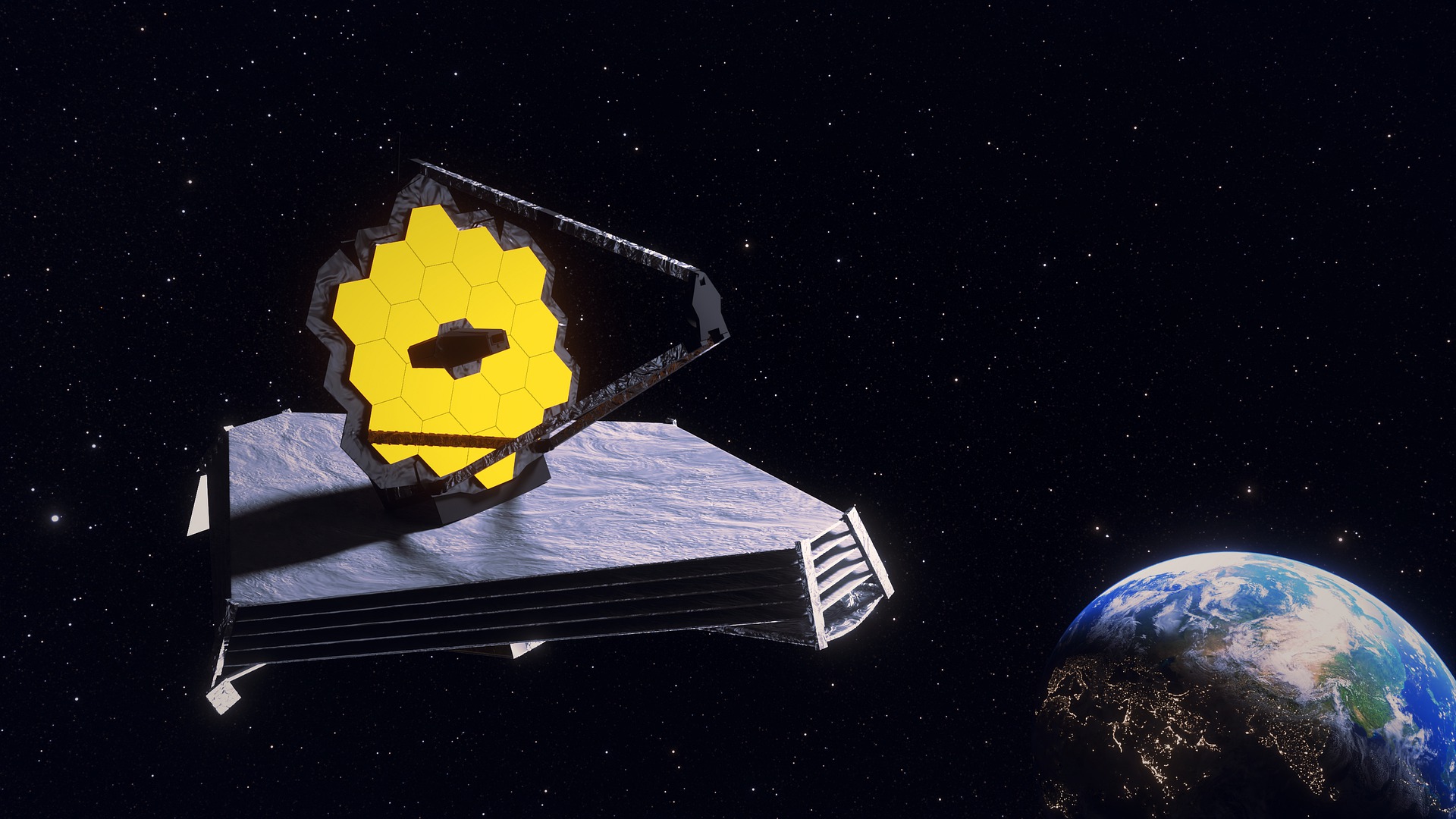 A Northwestern University professor will soon get a chance to monitor a part of the sky for a project studying ‘adolescent galaxies’ using the James Webb Space Telescope.
A Northwestern University professor will soon get a chance to monitor a part of the sky for a project studying ‘adolescent galaxies’ using the James Webb Space Telescope.
Allison Strom, assistant professor of physics and astronomy at Northwestern University, will use the telescope – which originally launched on Dec. 25, 2021 – to harvest data for 40 hours before her team will begin analyzing the results.
They’re using the telescope’s pioneering abilities to study the chemistry of galaxies so distant, they haven’t been explored yet. Strom and her team are hopeful that the data will demystify the process of galaxy formation, especially in the context of the early universe.
While the Northwestern team eagerly awaits use of the Webb, another Illinois astronomer’s project is fully underway. Jacob Bean, professor of astronomy at the University of Chicago, is co-leading a team of more than 100 scientists whose project just finished using the new probe to collect exoplanet data. His team will review the data for information about the composition, temperature and potential habitability of exoplanets, which may provide new insights into solar systems beyond our own.
The launch of the James Webb Space Telescope was historic and unprecedented. Sometimes referred to as the ‘new Hubble’, Webb is equipped with a unique set of measurement tools, so it has the ability to produce data and imagery that previous missions were simply unable to capture. The Hubble Space Telescope primarily captured images in the visible and ultraviolet ranges of the light spectrum, while the Webb telescope is mainly imaging in infrared, at the other end of the spectrum. This is an important new component, as infrared imaging enables scientists to see very faint planets, stars and galaxies that are just beginning to form, which were previously invisible in ultraviolet.
Additionally, the mirrors on the Webb telescope are much larger than Hubble’s, giving the Webb a field of view around 15 times the area of the Hubble’s field.
While Bean’s team are well on their way to analyzing new data that will shed light on some of the most elusive parts of our universe, and Strom and her team are set to begin collecting data on the chemical composition of galaxies, another Northwestern University professor will have to wait just a bit longer for one of his projects.
Farhad Yusef-Zadeh, a professor at the department of physics and astronomy at Northwestern University, has his sights set on Sagittarius A* – the supermassive black hole at the center of the Milky Way. His project is scheduled to begin utilizing the James Webb Space Telescope in 2023 to investigate faint infrared sources very close to the black hole, which astronomers believe may be stars. For now, Yusef-Zadeh is focused on star formation at the center of our galaxy, where he is contributing to another Webb team that began collecting data on Aug. 5.
Learn more about the James Webb Space Telescope here.



